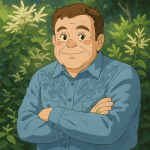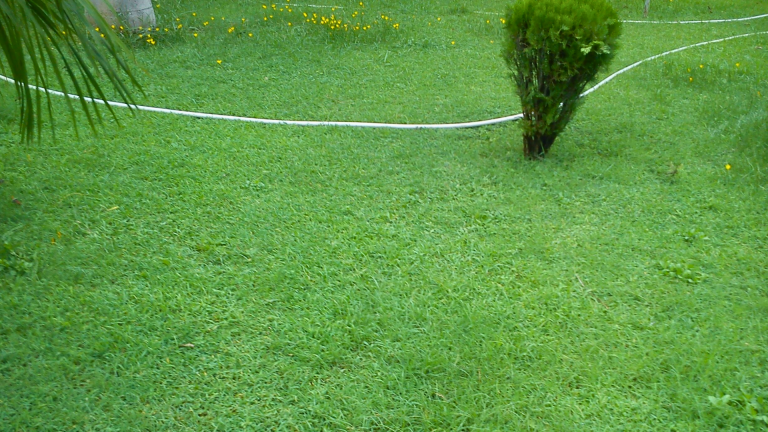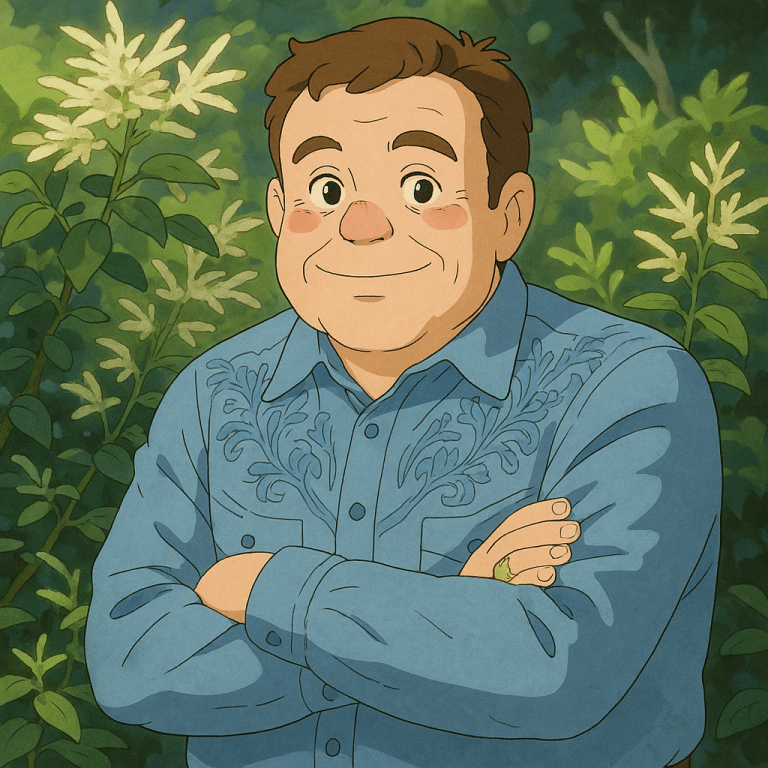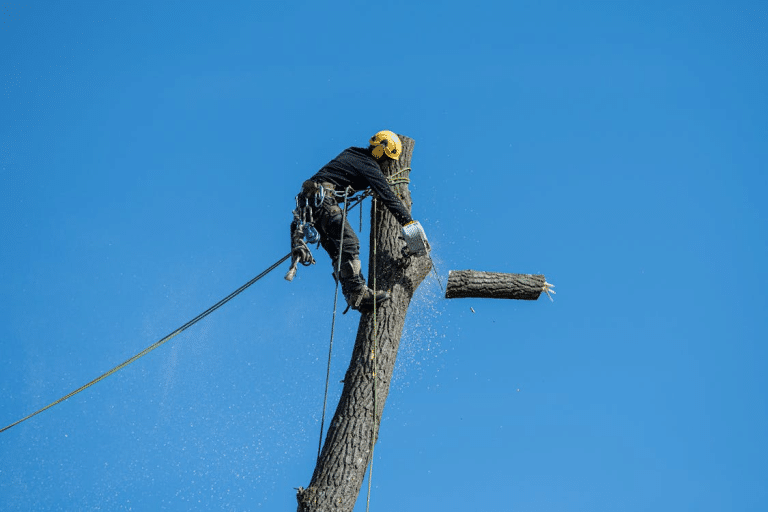Ever look at your lawn and wonder what kind of grass you’ve got? If you’re not sure, you’re not alone. Buffalo grass often blends in unless you know the signs.
Once you learn what to look for, such as balade shape, color, and growth pattern, you’ll be able to spot it quickly.
In this blog, I’ll break down how to identify buffalo grass, how it changes through the seasons, and how it stacks up against other types.
You’ll also get a simple checklist to help confirm what’s growing in your yard. Let’s take the guesswork out of grass ID and get clear on what’s under your feet.
Key Visual Traits of Buffalo Grass
Buffalo grass has a few features that help it stand out. Here’s a quick list of what to expect:
- Blade Shape: Wide, flat blades that sometimes curl at the edges.
- Color: Light green or blue-green during summer; turns tan in winter.
- Growth Habit: Grows close to the ground and spreads through surface runners.
- Height: Reaches around 4–8 inches if you leave it uncut.
- Texture: Feels coarse and thick when you walk across it.
Characteristics of Buffalo Grass Leaf and Blade
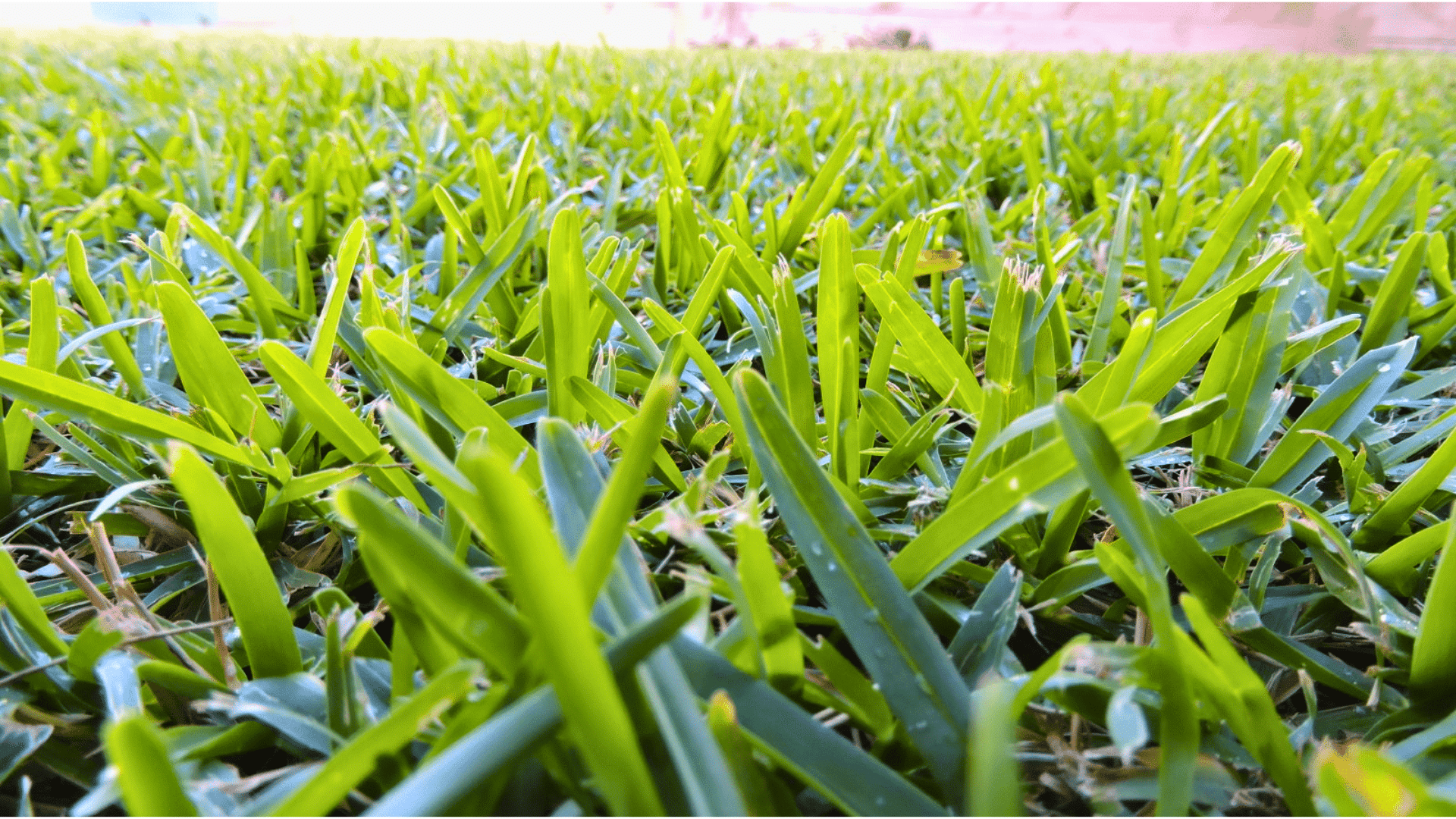
Buffalo grass has some unique leaf traits that make it easy to tell apart from other common lawn types once you know what to look for.
From the shape and width of the blades to their texture and seasonal color changes, each detail plays a role in helping you identify it with confidence.
1. Blade Width and Shape
Buffalo grass blades are wider than most other types of lawn grass. If you hold it next to Bermuda grass, you’ll notice the difference right away. Each blade looks flat and broad, which gives the lawn a fuller look.
Sometimes the edges curl a little, making the grass ripple gently in the sun. That wave makes buffalo grass easier to spot if it’s growing with other grasses.
You’ll also see that the tips of the blades are more blunt than sharp. That’s another clue—it makes the grass look thick and sturdy.
2. Color Variations
Buffalo grass changes color through the seasons. In spring and early summer, it shows a soft mix of light green and bluish-green. New growth is usually a little brighter, giving the lawn a fresh, clean look.
When summer heat kicks in, the color might get a bit deeper, especially in sunny spots. As fall arrives, the green starts to fade. By winter, the grass turns a dry tan. This is normal and just means the grass is resting.
It doesn’t mean the grass is dead. It’s just going through its natural cycle.
3. Coarseness and Feel
Buffalo grass feels thick and firm when you touch it. It’s not soft like fine-bladed grasses. The blades are sturdy and a bit stiff, which helps them hold up to foot traffic from kids or pets.
This rougher feel comes from the blade’s thickness and surface. It might feel a little scratchy if it grows too long, but that’s part of what makes it so tough.
Its strong texture is one reason people use it in busy yards or open spaces.
How Buffalo Grass Grows
Buffalo grass spreads low and wide, filling in space gradually instead of growing tall. Its growth style is steady but slow, and it does most of the work on its own.
It sends out above-ground runners, called stolons, that stretch across the soil. These stolons take root at different spots, helping the grass form new patches and fill in gaps.
- Grows outward, not upward
- Stolons create fresh growth as they root
- Forms a thick mat in loose, healthy soil
- May stay patchy in dry, compact, or low-nutrient spots
With time and care, buffalo grass creates a soft, full lawn without much fuss.
Seasonal Changes of Buffalo Grass
Buffalo grass looks different each season. Here’s a quick guide:
| Season | Look | Maintenance Note |
|---|---|---|
| Spring | Bright green shoots | Coming out of dormancy |
| Summer | Dense, blue-green lawn | Growing at its strongest |
| Fall | Tips start turning brown | Getting ready for dormancy |
| Winter | Dry, tan appearance | Fully dormant but still healthy |
Buffalo Grass vs. Other Grass Types
Not all grasses look or grow the same. If you’re trying to figure out what kind you have or which one to plant, it helps to compare their features side by side.
Buffalo grass has a distinct look, but it’s easy to confuse it with others at first glance. Here’s a quick table that compares it with a few common types:
| Grass Type | Blade Width | Color | Texture | Spread Type |
|---|---|---|---|---|
| Buffalo | Wide | Light or blue-green | Coarse | Stolons (surface runners) |
| Bermuda | Narrow | Deep green | Fine | Stolons and seeds |
| Kikuyu | Medium | Bright green | Medium | Rhizomes and stolons |
| Zoysia | Fine | Medium green | Thick | Slow via rhizomes |
Buffalo grass stands out for its wide blades, coarse texture, and surface-spreading habit. Knowing these traits can help you identify what’s growing in your yard or decide which type fits your needs best.
How to Tell If You Have Buffalo Grass
1. Do the blades look wide and slightly curled?
2. Can you spot surface runners growing across the lawn?
3. Is the grass thick and firm under your feet?
4. Does it turn tan during colder months?
Tip: Take a small sample and compare it with grass from another lawn or a garden center. Blade width and spread pattern are the best clues.
Conclusion
Now you know what to look for when it comes to buffalo grass—from wide, flat blades and rough texture to seasonal color changes and surface runners. I’ve walked you through how it grows, how it stacks up against other grasses, and how to spot it with a few quick checks.
Next time you step onto your lawn, you’ll be able to tell if buffalo grass is part of the mix—or if it’s something else entirely. It’s really just about noticing the little things.
Want more tips on planting, lawn care, or other grass varieties? Take a look at the other guides on the blog—I keep it just as clear and simple there, too.

